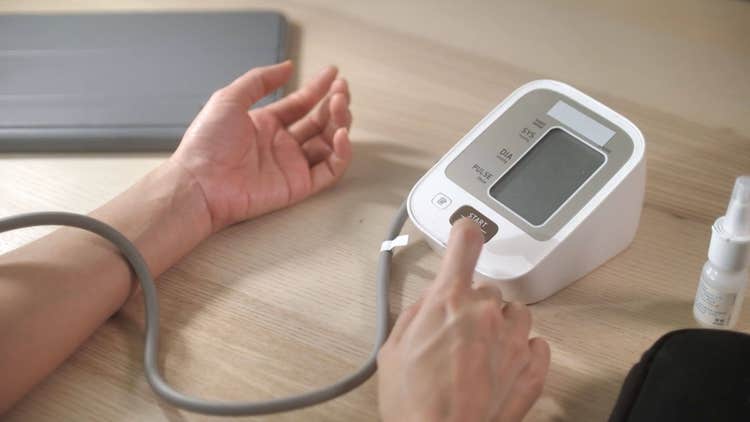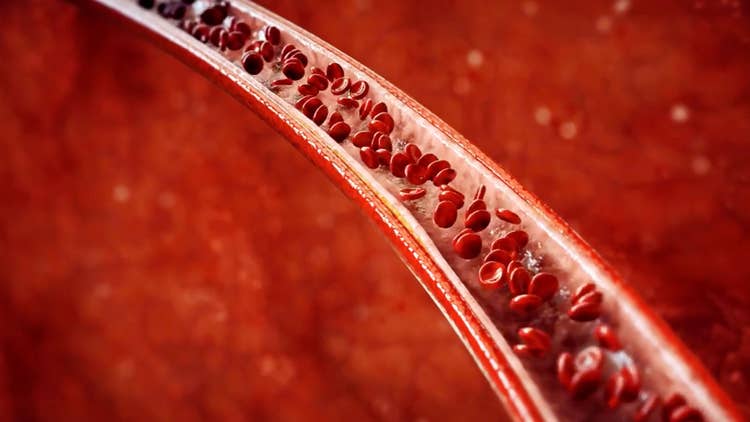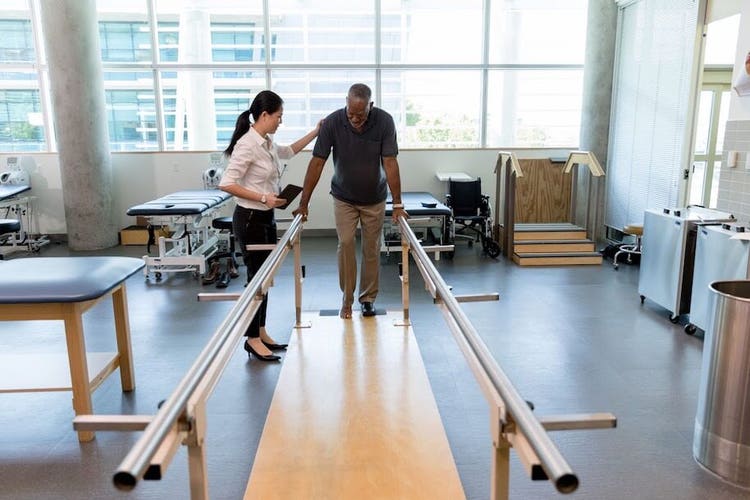Did you know
AFib increases
your risk for stroke?1,2
Risk Factors for Stroke
Click on each risk factor for stroke to learn more. Remember, ONLY a health care provider can determine your individual risk for stroke if you have AFib.

Older Age

Female Sex

Heart Failure

High Blood Pressure

Diabetes

Previous Stroke

Vascular Disease

Overweight/Obesity

Lifestyle Behaviors
If you have had a stroke, you are at high risk for another stroke. Some people recover fully, but others have long-term or lifelong disabilities.15

Long-term complications of stroke may include15:
- Inability to move some parts of the body (paralysis) or weakness
- Trouble with thinking, learning, judgment, and memory
- Difficulty talking, swallowing, or eating
- Trouble controlling or expressing emotions
- Pain in the hands and feet that feels worse when moving or when temperature changes
- Numbness or strange sensations
- Problems with bladder and bowel control
- Depression
Symptoms of Stroke16
Watch for Sudden:
Numbness
or weakness in the face, arm, or leg, mainly on one side of the body
Confusion
trouble speaking, or difficulty understanding speech
Trouble seeing
in one or both eyes
Trouble walking
dizziness, loss of balance, or lack of coordination
Strong headache
with no known cause
Act F.A.S.T. to Identify Stroke
Stroke treatments work best within 3 hours of the first symptoms appearing.
If you think someone may be having a stroke, act F.A.S.T. and do the following test:
F
Face
Ask the person to smile. Does one side of the face droop?
A
Arm
Ask the person to raise both arms. Does one arm move downward?
S
Speech
Ask the person to repeat a simple sentence. Is the speech slurred or strange?
T
Time
If you see any of these signs, call 9-1-1 right away.
Keep track of when any symptoms first appear. Do not drive to the hospital or let someone else drive you.
Call 9-1-1 for an ambulance so that medical personnel can begin life-saving treatment.
- Wolf PA, Abbott RD, Kannel WB. Atrial fibrillation as an independent risk factor for stroke: the Framingham Study. Stroke. 1991;22(8):983-988. doi:10.1161/01.STR.22.8.983
- January CT, Wann LS, Alpert JS, et al. 2014 AHA/ACC/HRS guideline for the management of patients with atrial fibrillation. J Am Coll Cardiol. 2014;64(21):e1-e76. doi:10.1016/j.jacc.2014.03.022
- Know your risk for stroke. Centers for Disease Control and Prevention. Accessed May 24, 2023. https://www.cdc.gov/stroke/risk_factors.htm
- National Center for Health Statistics. Mortality data on CDC WONDER Database. Accessed July 26, 2023. https://wonder.cdc.gov/mcd.html
- Heart failure. Centers for Disease Control and Prevention. Accessed May 24, 2023. https://www.cdc.gov/heartdisease/heart_failure.htm
- Fohtung RB, Rich MW. Identification of patients at risk of stroke from atrial fibrillation. US Cardiology Review. 2016;10(2):60-64. doi:10.15420/usc.2016:1:1
- Dzeshka MS, Shantsila A, Lip GYH. Atrial fibrillation and hypertension. Hypertension. 2017;70(5):854-861. doi:10.1161/HYPERTENSIONAHA.117.08934
- Facts about hypertension. Centers for Disease Control and Prevention. Accessed May 24, 2023. https://www.cdc.gov/bloodpressure/facts.htm
- Hindricks G, Potpara T, Dagres N, et al. 2020 ESC Guidelines for the diagnosis and management of atrial fibrillation developed in collaboration with the European Association for Cardio-Thoracic Surgery (EACTS): the Task Force for the diagnosis and management of atrial fibrillation of the European Society of Cardiology (ESC) developed with the special contribution of the European Heart Rhythm Association (EHRA) of the ESC. Eur Heart J. 2021;42(5):373-498. doi:10.1093/eurheartj/ehaa612
- What is diabetes? National Institute of Diabetes and Digestive and Kidney Diseases. Accessed May 24, 2023. https://www.niddk.nih.gov/health-information/diabetes/overview/what-is-diabetes
- Stroke Risk in Atrial Fibrillation Working Group. Independent predictors of stroke in patients with atrial fibrillation: a systematic review. Neurology. 2007;69(6):546-554. doi:10.1212/01.wnl.0000267275.68538.8d
- Peripheral arterial disease (PAD). Centers for Disease Control and Prevention. Accessed May 24, 2023. https://www.cdc.gov/heartdisease/PAD.htm
- Coronary artery disease (CAD). Centers for Disease Control and Prevention. Accessed May 24, 2023. https://www.cdc.gov/heartdisease/coronary_ad.htm
- Stroke: causes and risk factors. National Heart, Lung, and Blood Institute. Accessed May 24, 2023. https://www.nhlbi.nih.gov/health/stroke/causes
- Treat and recover from stroke. Centers for Disease Control and Prevention. Accessed May 24, 2023. https://www.cdc.gov/stroke/treatments.htm
- Stroke signs and symptoms. Centers for Disease Control and Prevention. Accessed May 24, 2023. https://www.cdc.gov/stroke/signs_symptoms.htm